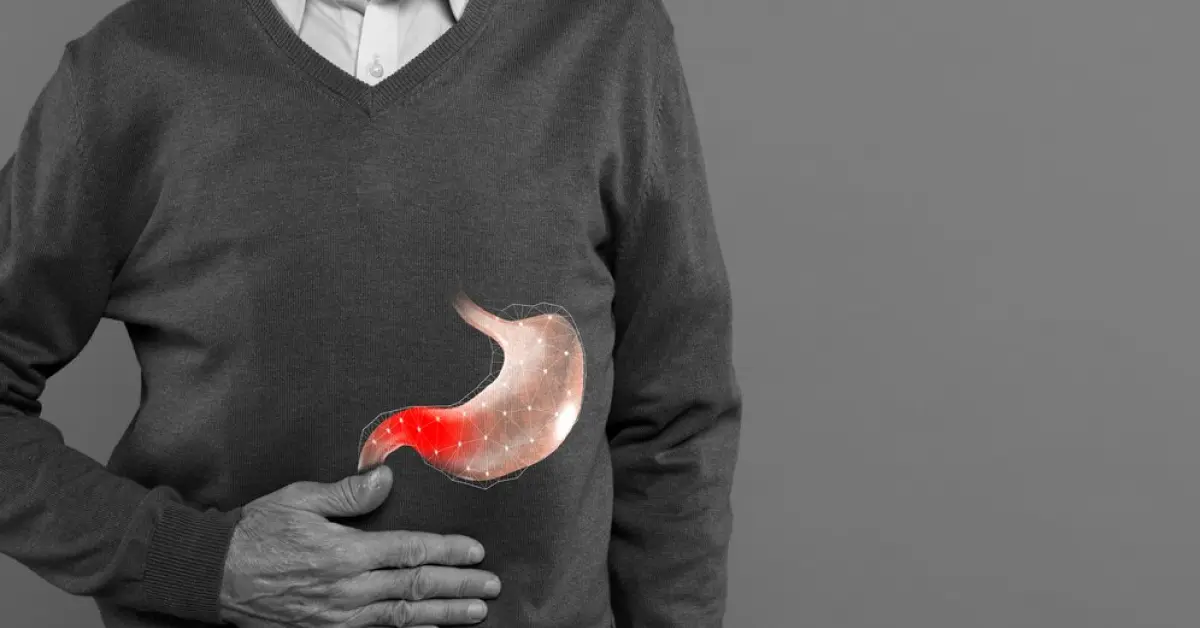Polycystic Ovary Syndrome (PCOS) is a common hormonal disorder among women of reproductive age, characterized by a variety of symptoms and long-term health implications. Early recognition and management can significantly mitigate the risk of developing associated complications such as diabetes, cardiovascular diseases, and infertility. This comprehensive guide outlines the crucial indicators and symptoms of PCOS, aiming to empower women with the knowledge to seek timely medical intervention.
Menstrual Changes
One of the hallmark signs is a change in menstrual cycles. Women with PCOS may experience infrequent, irregular, or prolonged periods. The typical cycle averages 28 days, but for those with PCOS, periods may occur less than nine times a year, more than 35 days apart, or may be excessively heavy. These changes are attributed to the imbalances in estrogen and progesterone levels, leading to poor development and release of eggs during ovulation.
Hair Changes
Hirsutism, or excessive hair growth, affects up to 70% of women with PCOS. This condition results in unwanted male-pattern hair growth on the face, chest, back, or buttocks. The root cause of this symptom lies in the elevated levels of androgens (male hormones), a common imbalance observed in PCOS. Conversely, some women may experience hair thinning or male-pattern baldness due to these hormonal discrepancies.
Weight Gain
Obesity is closely linked with PCOS, with over 50% of those diagnosed being overweight or obese. Weight gain, particularly around the abdomen, is not only a symptom but also exacerbates the condition by increasing the body’s resistance to insulin, leading to further hormonal imbalances. This creates a vicious cycle that can be difficult to break without intervention.
Insulin Resistance
Insulin resistance is a critical aspect of PCOS, affecting 70-80% of women with the condition, regardless of their weight. This state implies that the body’s cells are less responsive to insulin, leading to higher insulin and blood sugar levels. Over time, this can increase the risk of type 2 diabetes, cardiovascular diseases, and worsen PCOS symptoms.
Skin Changes
PCOS can also manifest through various skin changes. Acne, oily skin, and dandruff are common due to the overproduction of androgens. Dark, thick patches of skin, known as acanthosis nigricans, may appear in body folds and creases, typically associated with insulin resistance. Skin tags, small pieces of excess skin, may also develop in these areas.
Infertility
The irregular ovulation associated with PCOS is a leading cause of infertility among women. The lack of regular ovulation prevents the release of eggs, making it difficult for sperm to fertilize an egg naturally. PCOS is one of the most treatable causes of infertility, with a variety of medical interventions available to stimulate ovulation.
Symptoms in Adolescents
Recognizing PCOS in adolescents can be challenging due to the overlap of symptoms with normal puberty changes. However, persistent menstrual irregularities, significant weight gain, severe acne unresponsive to typical treatments, and symptoms of high androgen levels like hirsutism should prompt an evaluation for PCOS.
When To See a Healthcare Provider
It’s essential to consult a healthcare provider if you experience symptoms suggestive of PCOS, especially if:
- Your periods are irregular, infrequent, or absent.
- You’re experiencing symptoms of high androgen levels like hirsutism, severe acne, or male-pattern baldness.
- You’re struggling with infertility.
- You have signs of insulin resistance such as dark patches of skin or unexplained weight gain, particularly around the waist.
Early diagnosis and treatment can manage symptoms, reduce the risk of long-term complications, and improve quality of life. A healthcare provider can conduct a thorough evaluation, including medical history, physical examination, blood tests, and sometimes ultrasound, to diagnose PCOS and recommend an appropriate treatment plan.
Conclusion
Polycystic Ovary Syndrome (PCOS) is a multifaceted condition with a spectrum of possible symptoms impacting women’s physical and emotional health. Recognizing the key indicators and symptoms of PCOS is the first step towards seeking help and managing the condition effectively. Lifestyle modifications, such as maintaining a healthy weight, regular physical activity, and a balanced diet, play a significant role in managing PCOS, along with medical treatments tailored to individual symptoms and health goals. If you suspect you might have PCOS, reach out to a healthcare provider to begin your journey towards a healthier, more balanced life.












